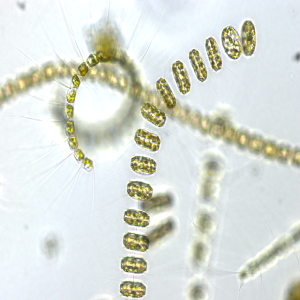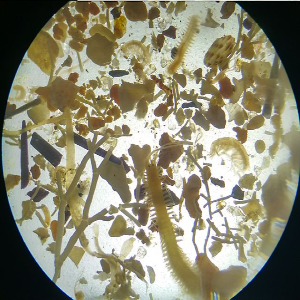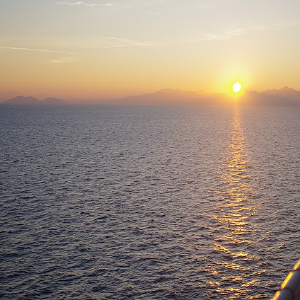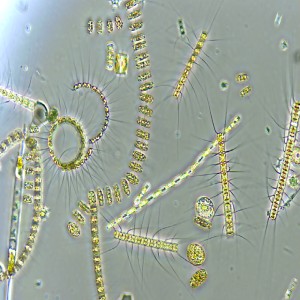Prediction of lake surface temperature using the air2water model: guidelines, challenges, and future perspectives

Accepted: 31 March 2016
Supplementary: 438
HTML: 1144
All claims expressed in this article are solely those of the authors and do not necessarily represent those of their affiliated organizations, or those of the publisher, the editors and the reviewers. Any product that may be evaluated in this article or claim that may be made by its manufacturer is not guaranteed or endorsed by the publisher.
Water temperature plays a primary role in controlling a wide range of physical, geochemical and ecological processes in lakes, with considerable influences on lake water quality and ecosystem functioning. Being able to reliably predict water temperature is therefore a desired goal, which stimulated the development of models of different type and complexity, ranging from simple regression-based models to more sophisticated process-based numerical models. However, both types of models suffer of some limitations: the first are not able to address some fundamental physical processes as e.g., thermal stratification, while the latter generally require a large amount of data in input, which are not always available. In this work, lake surface temperature is simulated by means of air2water, a hybrid physically-based/statistical model, which is able to provide a robust, predictive understanding of LST dynamics knowing air temperature only. This model showed performances that are comparable with those obtained by using process based models (a root mean square error on the order of 1°C, at daily scale), while retaining the simplicity and parsimony of regression-based models, thus making it a good candidate for long-term applications.
The aim of the present work is to provide the reader with useful and practical guidelines for proper use of the air2water model and for critical analysis of results. Two case studies have been selected for the analysis: Lake Superior and Lake Erie. These are clear and emblematic examples of a deep and a shallow temperate lake characterized by markedly different thermal responses to external forcing, thus are ideal for making the results of the analysis the most general and comprehensive. Particular attention is paid to assessing the influence of missing data on model performance, and to evaluating when an observed time series is sufficiently informative for proper model calibration or, conversely, data are too scarce thus leading to the risk of overfitting. The final aim of the work is to facilitate the use of the model also by scientists that do not necessarily have a solid background on modelling or physics. However, this work should not be considered simply as a collection of best practices, but also as the attempt to foster the communication and interaction among colleagues of a branch of science, limnology, that suffer of significant fragmentation. This is summarized in the future perspectives and challenges concerning potential improvements of the air2water, with a particular emphasis on possible cross-sectoral applications.
PAGEPress has chosen to apply the Creative Commons Attribution NonCommercial 4.0 International License (CC BY-NC 4.0) to all manuscripts to be published.



 https://doi.org/10.4081/aiol.2016.5791
https://doi.org/10.4081/aiol.2016.5791







